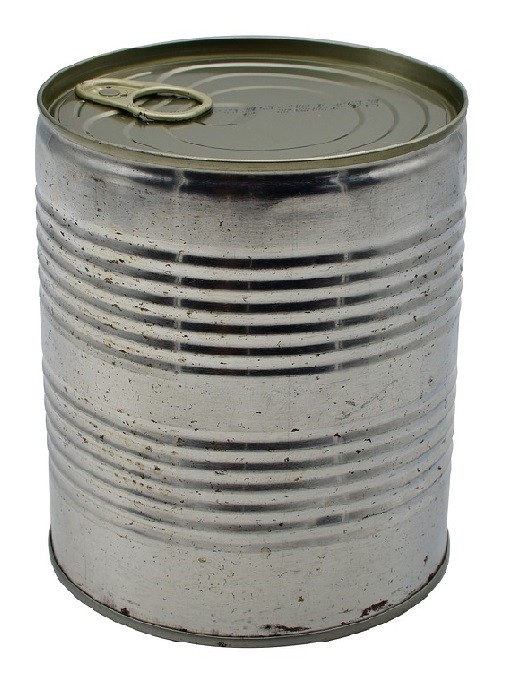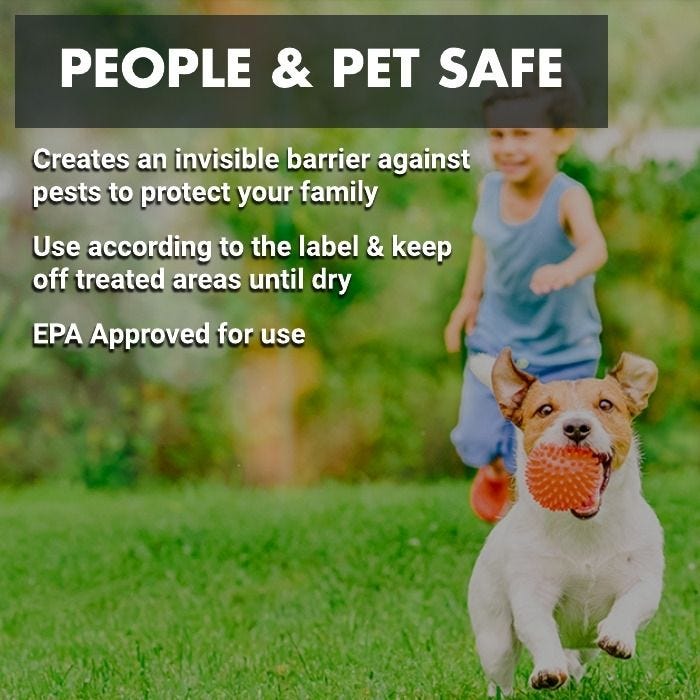Is Talstar Safe for Pets? What Pet Owners Need to Know Before Using Talstar Insecticide
Understanding Talstar: What Is It and How Is It Used?
Talstar is a widely used insecticide containing the active ingredient bifenthrin. It is commonly used by homeowners and professionals to control a broad spectrum of pests, including ants, mosquitoes, fleas, ticks, and even more resilient insects such as scorpions. Talstar is available in several formulations, with Talstar P (Professional) being one of the most popular for both indoor and outdoor use. Its effectiveness and longevity make it a preferred choice for pest management in residential settings.
For pet owners, understanding the safety profile of Talstar is crucial. Potential exposure pathways include direct contact during or after application, ingestion of treated materials, or inhalation of spray mist. Proper use and adherence to safety guidelines are essential to minimizing risk to pets.
Is Talstar Safe for Pets? Reviewing the Evidence
According to current guidance from pest control experts and product manufacturers, Talstar can be safely used around pets when label instructions are strictly followed . The key safety protocol is to remove all pets from the area during application . Pets should only return once the treated surfaces have completely dried, which typically takes several hours depending on environmental conditions such as humidity and ventilation [1] [2] .
Bifenthrin, the active ingredient, has low toxicity to mammals when used as directed. However, improper exposure-such as letting pets walk on wet surfaces or ingesting treated materials-can pose risk. Some symptoms of pesticide exposure in pets include drooling, vomiting, tremors, or lethargy. Immediate veterinary attention is recommended if you suspect your pet has ingested or come into contact with wet insecticide.

Source: bestroachkiller.com
Practical Steps: How to Use Talstar Safely in Homes with Pets
To ensure safety for your pets, follow these step-by-step guidelines when using Talstar:
- Read and Follow Label Instructions: Each product comes with an official label that specifies safe handling, dilution, application areas, and drying times. Always consult the most recent product label before use.
- Remove Pets Before Application: Take all household pets-including dogs, cats, birds, and small animals-out of the area to be treated. Do not allow them to roam in adjacent rooms where spray mist may drift.
- Apply Talstar as Directed: Use only as much as needed and avoid oversaturating surfaces. When spraying outdoors, restrict pets from entering the treated area until fully dry.
- Ventilate the Area: Open windows and use fans to increase airflow and speed up drying time, particularly for indoor applications.
- Wait Until the Area Is Completely Dry: Pets can safely return once treated surfaces are dry to the touch. This can range from 1-3 hours depending on conditions. Double-check before allowing pets back.
- Store Products Securely: Keep Talstar containers tightly sealed and out of reach of pets and children at all times.
If you are ever uncertain about the safety of a specific application, consider consulting with your veterinarian or a certified pest control professional for additional guidance.

Source: realloudoun.com
Potential Risks and How to Address Them
While Talstar is considered relatively safe when used as directed, there can be risks if protocols are not observed. Accidental exposure may occur if pets walk on wet surfaces, ingest treated foliage, or come into contact with spills. To address these risks:
- Monitor pets closely after re-entry to ensure they do not lick or chew treated surfaces.
- Clean pet bedding and toys if there is any chance they were exposed during application.
- Contact a veterinarian immediately if you observe unusual symptoms or suspect poisoning.
Even though bifenthrin breaks down relatively quickly outdoors, it can persist longer on indoor surfaces. Always err on the side of caution, especially with small, elderly, or sensitive animals.
Alternatives to Talstar: Comparing Your Options
Some pet owners seek alternatives to chemical insecticides. Options include:
- Natural or organic pest control products: These often use essential oils or plant-based ingredients. While some are less toxic, their effectiveness and longevity may vary. Always research each product’s safety profile for pets.
- Integrated Pest Management (IPM): Focuses on prevention, targeted treatments, and mechanical controls such as traps. This approach reduces reliance on chemicals but may be less effective for severe infestations.
- Professional pest control services: Many companies offer pet-safe treatment plans. Ask about their protocols and request detailed safety information before booking a service.
For those preferring to use Talstar, following the outlined safety measures remains the best way to protect both your home and your pets.
What to Do If Exposure Occurs: Emergency Guidance
If you believe your pet has come into contact with Talstar before it has dried, or has ingested any treated material, take the following steps:
- Remove your pet from the area immediately.
- Rinse your pet’s paws and fur with lukewarm water if there is any chance of skin contact.
- Do not induce vomiting unless directed by a veterinarian.
- Contact your veterinarian or an animal poison control center as soon as possible. Be ready to provide the product label or its active ingredient (bifenthrin).
For urgent advice, you may call the ASPCA Animal Poison Control Center at (888) 426-4435 or your local veterinary clinic. Always keep emergency contact information available when using chemical products in your home.
Staying Informed and Making Safe Choices
Pet safety requires ongoing vigilance. Regulatory agencies such as the U.S. Environmental Protection Agency (EPA) set guidelines for pesticide use, and product labels are periodically updated. To stay informed:
- Review the most current product label every time you purchase or use Talstar.
- Monitor updates from reputable sources such as the EPA or your local Cooperative Extension office.
- Consult with your veterinarian if your pet has pre-existing health concerns that could increase sensitivity to chemicals.
When in doubt, consider less toxic alternatives or consult a professional. The peace of mind that comes from proactive pet safety is well worth the extra effort.
Summary: Making Talstar Use Safer for Your Pets
To summarize, Talstar can be safe for pets when all label instructions are strictly followed . Key steps include removing pets during application, allowing surfaces to dry thoroughly, and maintaining vigilance for accidental exposure. Alternative pest control methods are available for those seeking reduced chemical use. By implementing best practices and consulting trusted resources, you can maintain a pest-free home without compromising your pet’s well-being.
References
MORE FROM gowithdeal.com













